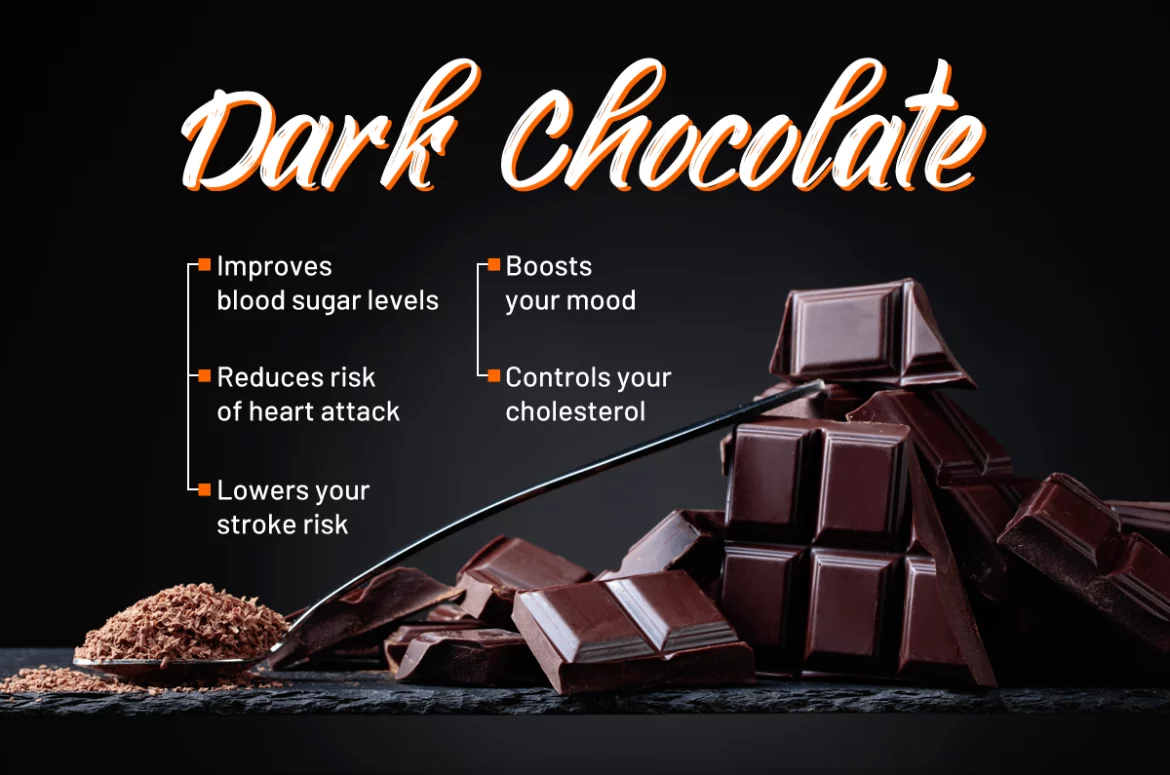Chocolate is one of the world’s most beloved treats, renowned for its rich flavor and indulgent texture. Beyond its delicious taste, chocolate has also been studied for its potential health benefits, including its impact on blood pressure. For individuals with low blood pressure (hypotension), understanding which type of chocolate can be beneficial is important. In this article, we delve into the relationship between chocolate and low blood pressure, exploring the potential benefits and considerations for incorporating chocolate into a hypotension-friendly diet.
What Is Low Blood Pressure?
Before delving into the specifics of chocolate and its impact on blood pressure, it’s crucial to understand what low blood pressure entails. Low blood pressure, or hypotension, occurs when your blood pressure drops below the normal range. The normal range for blood pressure is typically considered to be around 120/80 mmHg.
Hypotension can lead to symptoms such as dizziness, fainting, fatigue, and difficulty concentrating. While low blood pressure is often seen as less concerning than high blood pressure (hypertension), it can still impact your overall well-being and quality of life.
SEE ALSO: When Is The Best Time To Take Lisinopril?
The Role of Chocolate in Blood Pressure Regulation
Chocolate, especially dark chocolate, has garnered attention for its potential cardiovascular benefits. Studies have suggested that certain compounds found in chocolate, such as flavonoids, may have a positive impact on blood pressure.
Flavonoids are antioxidants that are also found in fruits, vegetables, tea, and red wine.
One study published in the Journal of the American Heart Association found that consuming small amounts of dark chocolate daily could help lower blood pressure. The researchers noted that the flavonoids in dark chocolate may promote blood vessel dilation, which can lead to a decrease in blood pressure.
Which Chocolate Is Good for Low Blood Pressure
Not all chocolate varieties are created equal when it comes to their impact on blood pressure. Here’s a breakdown of the main types of chocolate and their potential effects:
Dark Chocolate: Dark chocolate contains a higher concentration of cocoa solids compared to milk chocolate. As a result, it tends to have higher levels of flavonoids. The higher cocoa content is often associated with potential cardiovascular benefits, including blood pressure regulation.
Milk Chocolate: Milk chocolate has a lower cocoa content and may contain more sugar and milk solids. While it can still be enjoyed in moderation, its potential health benefits, particularly in relation to blood pressure, may be less pronounced compared to dark chocolate.
White Chocolate: White chocolate does not contain cocoa solids and is primarily made from cocoa butter, sugar, and milk solids. As such, it lacks the flavonoids and potential health benefits associated with dark chocolate.
Key Considerations
While chocolate, especially dark chocolate, may offer some benefits for individuals with low blood pressure, it’s important to approach consumption with caution and moderation. Here are some key considerations:
Portion Size: Consuming excessive amounts of chocolate can lead to weight gain and other health issues. Stick to moderate portions, such as a small piece of dark chocolate per day.
Sugar Content: Some chocolate varieties, particularly milk chocolate and certain flavored chocolates, can be high in sugar.
Opt for dark chocolate with minimal added sugars for the most health benefits.
Quality Matters: Choose high-quality chocolate with a higher cocoa content. Look for options that specify a cocoa content of at least 70% for optimal flavonoid content.
Balanced Diet: Chocolate should be enjoyed as part of a balanced diet rich in fruits, vegetables, whole grains, lean proteins, and healthy fats. It should not replace essential nutrients from other food groups.
Conclusion
In conclusion, dark chocolate, with its higher cocoa content and potential flavonoid benefits, may be a good choice for individuals with low blood pressure. However, moderation is key, and it should be consumed as part of a balanced diet. As with any dietary changes, it’s advisable to consult with a healthcare professional, especially if you have specific health concerns or conditions. By making informed choices and enjoying chocolate in moderation, you can savor its flavor while potentially supporting your blood pressure health.

